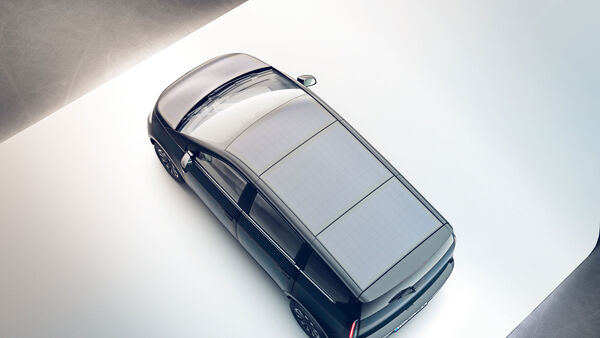Invisibly integrated antennas
Desay SV Automotive Europe will equip the Sion, Sono Motors' first solar electric car, with reliable, high-performance antennas. The two companies have entered into a supply agreement for this purpose. The antenna system consists of three combined modules and will be developed and supplied by Desay SV. The invisibly integrated antennas cover services such as FM, DAB, LTE, GPS, Bluetooth and WiFi. These can be used for infotainment, telematics and e-call.
Series-ready and economical solution
"We are very pleased that we were able to convince Sono Motors with our many years of antenna expertise," says Oliver Alic, Key Account Manager at Desay SV Automotive Europe. "In this project, we had a twofold challenge: on the one hand, we had to find suitable installation locations for antennas in the vehicle, and on the other hand, we had to develop solutions in a short time that are suitable for series production and cost-effective. We succeeded in both." The usual placement options such as the roof and car body were out of the question for the Sion. The surfaces are used for 248 solar cells, which enable the vehicle to generate solar energy for an average of 112 km of additional range per week.
Requirements understood and efficiently implemented
"With Desay SV, we have gained a development partner and supplier that understood our requirements right away and implemented them efficiently," says Mitchell Zarders, Director Infotainment at Sono Motors. "The Desay SV team took a very pragmatic approach and built the proposed solution directly into our prototype. The first measurements immediately showed how powerful the antennas really are. That convinced us."


Follow us